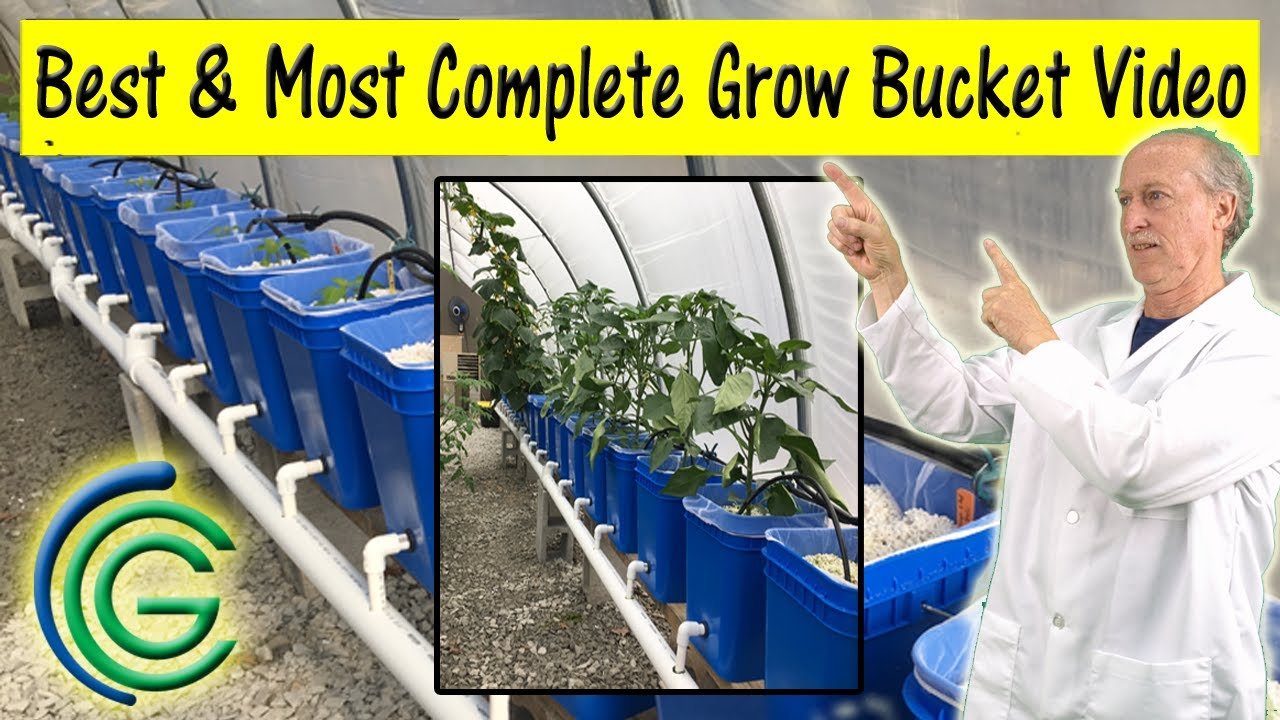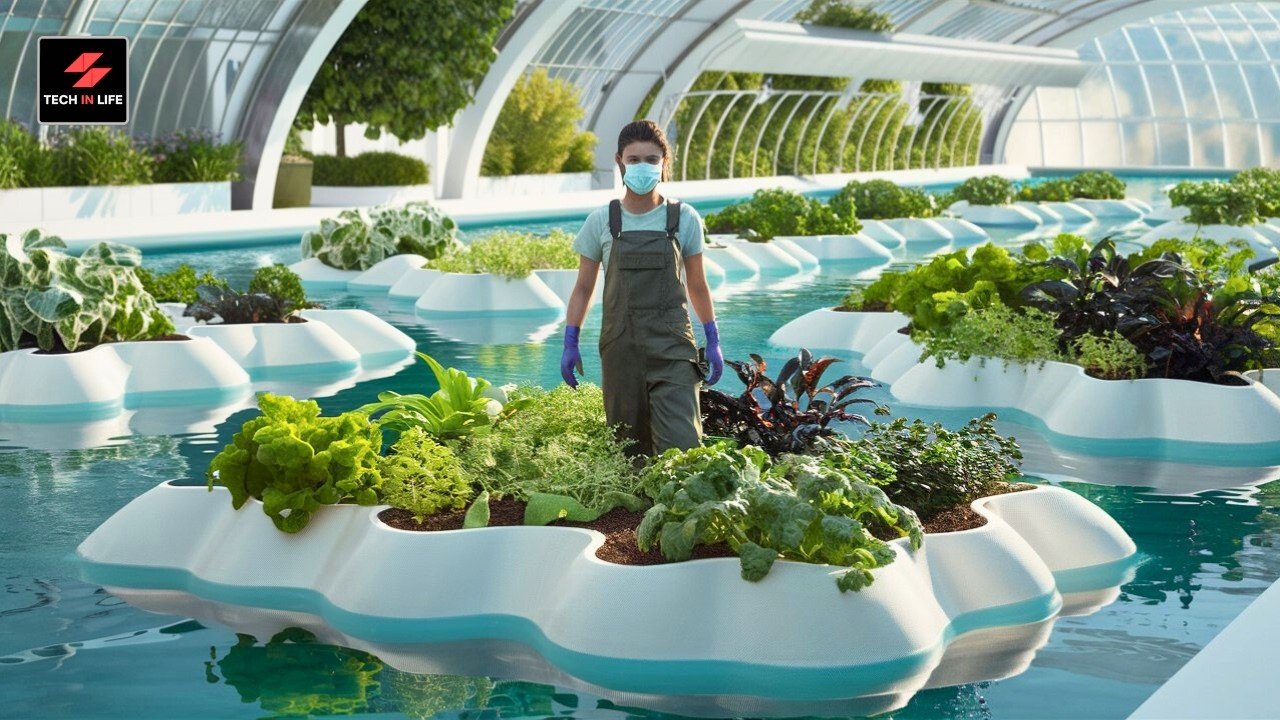The Misadventures of My Backyard Aquaponics System
One sunny Saturday afternoon, fueled by an overabundance of Pinterest scrolling and a vague notion that I wanted to try something new, I found myself knee-deep in enthusiasm — and, as it turned out, a fair amount of confusion. Living in a small town, the options for fresh veggies were somewhat limited to what I could scavenge from the local markets or toss into my Amazon cart. So, I decided to embark on an adventure that would lead me into the incredible world of aquaponics — a system where fish and plants reciprocally benefit each other.
In my cluttered shed, filled with tools that had seen better days, I found an old 50-gallon fish tank that someone had left behind when they moved to the next town over. “Perfect!” I thought, imagining a miniature aquatic ecosystem thriving in my backyard. My plan was to build an aquaponics system that would have me swimming in tomatoes and basil while somehow keeping a few fish alive.
The Setup
I figured I’d start small. A few goldfish sounded right — hearty, fun, and they wouldn’t break my heart if some didn’t make it. I bought a small water pump from the local hardware store, but when I plopped the fish in, I suddenly realized I hadn’t even cycled the tank properly. I must’ve looked like a mad scientist to my neighbors, carrying buckets of water from the garden hose and muttering about ammonia levels while my kids stared at me like I had grown an extra head.
The first couple of days were uneventful. The water smelled vaguely like old socks, a scent I couldn’t shake no matter how many times I changed it. It wasn’t until I noticed that the water was starting to turn the kind of green you‘d expect to find in a swamp that I started to panic.
Trouble Brewing
"How hard could this be, right?" I thought, all while frantically Googling the best ways to manage an aquaponics system. Spoiler alert: there is an overwhelming amount of contradictory advice out there! I knew I had to address the algae problem before it devoured my little ecosystem. I experimented with lowering the lights, but in my eagerness to watch my plants grow, I had overplanted. It turns out shade was not something I was capable of achieving in my sunny backyard.
Just when I thought I’d nailed it, I found myself staring down at three floating goldfish. There it was — my heart sank lower than the fish. The water wasn’t adjusting; the pH was through the roof. I learned a hard lesson that day about the importance of balancing the nitrogen cycle in an aquaponics system. I was getting way ahead of myself.
Finding the Flow
Frustrated but not ready to give up, I ended up repurposing a couple of old rain gutters I had lying around. They weren’t only taking up space but also seemed to be an intuitive choice for my plants to grow in. I splashed some new potting mix — the store bought, miracle grow kind — trying to rebuild my hopes of having that lush vegetable garden I had envisioned.
I made a second trip to the store and decided to swap the goldfish for some tilapia. They seemed hardier, and I planned to keep the water temperature consistent — after all, these fish were going to be the driving force behind my plant growth! The kids were less than impressed with my new aquatic friends, but I had a quiet confidence they would thrive.
The Days That Followed
There were days filled with hope and days that felt like walking through quicksand. I spent one Saturday morning struggling to get the pump to work; I didn’t even know how to prime it! By this point, I was tinkering away, losing track of time, as I watched the birds dart across the sky and realized I hadn’t even enjoyed my coffee that morning.
I learned to appreciate the art of patience — a skill I didn’t think I could ever muster. The tilapia, after wrangling with algae and confusion about how often to feed them (a little less than what the internet claimed), eventually settled in. At last, I started to see tiny sprouts breaking through the soil, green tendrils of promise reaching for the sunlight.
A Joyful Harvest
Fast forward a few weeks, and I was greeted with my first harvest of basil and cherry tomatoes. They weren’t Persephone’s gifts from the Underworld, but they were mine — the fruits (and fish) of my labor. I brought a handful of tomatoes to a potluck dinner, sharing them with neighbors who marveled at my newfound gardening prowess.
Sure, I faced setbacks — way more than I anticipated. There’s something about embarking on an uncharted journey that lifts you. The struggle was part of the story. Each setback brought a lesson, and the hard-earned knowledge I gained from firing up the pump to avert disaster or calming my nerves when fish flopped was really worth it.
Final Thoughts
If you’re thinking about jumping into the world of aquaponics, don’t get bogged down by the fear of making a mistake. You might kill a few fish (OK, I definitely did). But that’s part of the game. You’ll get it wrong, but you’ll learn why — and in the end, the lush plants and delightful little ecosystems you create will be astonishing.
So, what’s holding you back? Jump in! Get your hands dirty — or damp with algae, like mine used to be — and build something that blooms. Just start. You’ll figure it all out as life unfolds in real-time.
If you want to dive deeper into aquaponics and learn strategies to avoid the pitfalls I stumbled into, join the next session! Reserve your seat here.







Leave a Reply